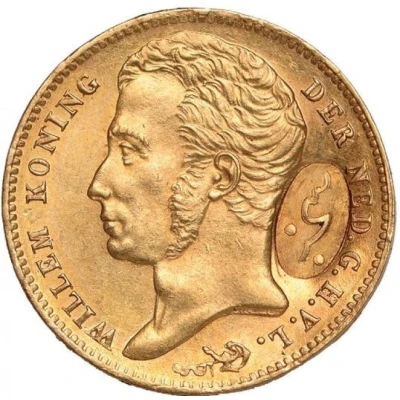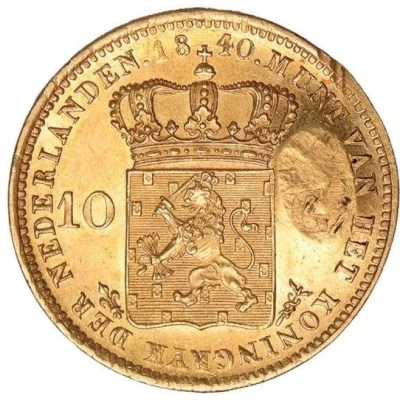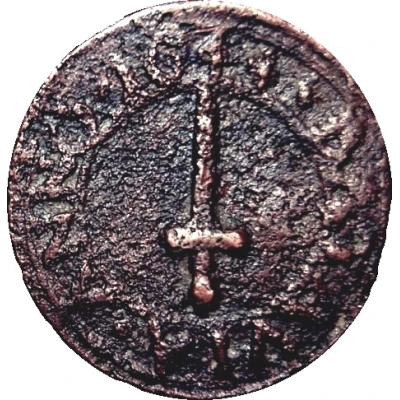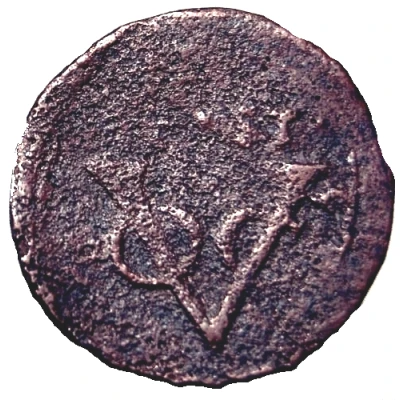
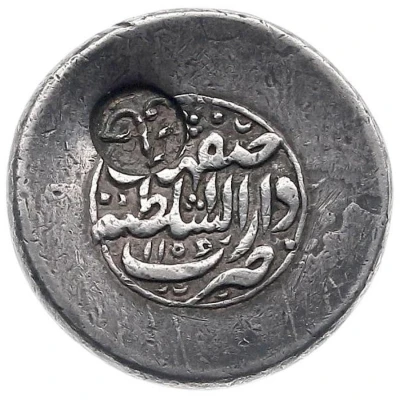

© Heritage Auctions Europe
Rupee - Nader Afshar Java counter-mark ND
| Silver | 11.54 g | - |
| Issuer | Indonesia › Netherlands East Indies (1601-1949) |
|---|---|
| Period | United East India Company (1602-1800) |
| Type | Standard circulation coin |
| Years | 1753-1760 |
| Value | 1 Rupee |
| Currency | Java - Countermarked Coinage |
| Composition | Silver |
| Weight | 11.54 g |
| Shape | Round |
| Technique | Countermarked |
| Orientation | Coin alignment ↑↓ |
| Demonetized | 1747 |
| Updated | 2024-10-05 |
| Numista | N#191144 |
|---|---|
| Rarity index | 100% |
Reverse
Countermarked 'Java' in Arabic
Lettering:
ضرب دارالسلطنه اصفهان
۱۱۵۹
جاوه
Translation:
Java
(Isfahan
1156)
Edge
Plain
Comment
Countermark unreported on a rupee of Nadir Shah of Isfahan mint.A Reference or Placard by which this type of countermarked coin was put into circulation is not known, but in a Reference of Oct. 2, 1758, it is declared that the stamp for the Persian Rupees was no longer in use.
It is known of a decision of 1760 to withdraw all countermarked Batavian, Surat and Persian Rupees for 30 Stivers a piece and reissue them at a rate of 27 Stivers.
See also:
Interesting fact
One interesting fact about this coin is that it was issued during the reign of Nader Shah, a powerful Iranian ruler who also had influence over parts of Indonesia, which was then known as the Netherlands East Indies. The coin features a unique countermark, known as the "Java counter-mark," which was used to verify the authenticity of the coin in the region. This countermark was applied to coins that were brought to Indonesia by the Dutch East India Company, and it features the initials "ND" (for Nader Shah) and the year of issue (1753-1760). The use of this countermark was an early form of currency verification and anti-counterfeiting measure, and it adds to the historical and numismatic significance of this coin.
